|
I should have been in Paris this month, unfortunately with the confinement I changed my plans but that doesn’t prevent me from showing you more of this magnificent French capital which is full of countless treasures. I’ve chosen for this week one of the gems of France, which I had time to appreciate during my Honeymoon 2, last year. Let's be honest, the Louvre Museum is huge, spread over nearly 250,000m2, of which 70,000m2 are devoted to exhibition, with 403 rooms, and 35,000 artworks out of the 500,000 preserved. It’s also the largest museum in the world (in terms of exhibition area), in addition to being the most visited in the world. So, I won't be able to show you everything at once, but today I'm going to talk about some legendary pieces of art. First of all, the Louvre surprises with its architecture. From one room to another, atmospheres are different, we travel in time and space, we discover all the styles of decoration, but also the history of France, and the history of its different owners of Philippe II to Napoleon III, via Henri IV or Louis XIV, but also more recently the French Presidents. No less than 800 years of construction, transformation, and renovation ... After my articles on the Palace of Versailles, the Garnier Palace, the Pantheon, the Louvre is a magnificent palace to discover. It became a museum in 1793, the majority of the artworks coming from the Royal Collection, which became national property during the French Revolution. It survived the changes of power and the 2 world wars, and continues to this day to acquire and protect artistic treasures. Even without the artworks, I’d spend hours admiring and exploring every nook and cranny from floor to ceiling! As you know, the Louvre is full of sculptures and paintings from all eras, and I’ll show you many of them in different articles. But this time, I present to you my favourite sculpture: the Venus de Milo. Magnificent marble sculpture dating from 120 BC, it’d represent Aphrodite the goddess of love and beauty (Venus for the Romans). Obviously, you know my attachment to Greece since My Solo Wedding in Santorini, and this masterpiece of Greek sculpture adds to the wonderful creations I’ve shown you previously: Discovered in 1820, by a Greek peasant on the island of Milo, island of the Cyclades, it was acquired by a French ambassador who offered it to Louis XVIII, and the latter donated it to the Louvre in 1821. She was hidden at the Château de Valençay during the 2nd World War. Today, she stands almost alone in the Galerie des Antiques, surrounded by red marble from the time of Napoleon I. As I already explained in my article Honeymoon 2, I had never been able to have a picture taken with her before, for the good reason that there were always too many people. This time, I had all the time and the opportunity to have a tête-à-tête with Mona Lisa, a moment of pure happiness and emotion. In 1518, Francis I bought the painting from Leonardo da Vinci, and joined the collection of the Louvre during the Revolution. She was moved too during World War II, like almost the entire Louvre collection, but her hiding place, the Château de Chambord. In 2005, she was placed in the centre of the museum's largest room, protected in an air-conditioned display case due to its fragility, as it’s an oil painting on a poplar wood panel. I'm going to show you something you don’t necessarily think of with the Louvre Museum and yet, the Crown Jewels! It’s true that we got rid of Kingship a long time ago, and we’ve forgotten that incredible pieces of goldsmith's work, crockery, furniture and jewellery were created in the past and represent an incredible richness of craftmanship and luxury. And to present them with dignity, nothing better than the Galerie d'Apollon created at the request of Louis XIV. Rich in gilding, painting and sculpture, it easily recalls the splendour of the Palace of Versailles, no wonder since the same artists took care of the Hall of Mirrors. Above all, this is the room that for the first time, Louis XIV associated his power with the symbol of the sun. Today, among other things, we discover the Regent diamond of 140 carats, bought in 1717 by Philippe d´Orléans, Regent of France, and which Louis XIV had refused in the past because it was too expensive. Along with Louis XIV's Blue Diamond, they were stolen during the Revolution, a burglary at the Hôtel du Garde-Meubles where they were stored. The Regent was found a year later, however the blue diamond was lost and transformed to become the famous Hope Diamond (exhibited at the National Museum of Natural History in Washington USA). If the Mona Lisa is the most visited work of art in the world, the Hope diamond is in second place, our Kings of France certainly had great taste. By the way, these magnificent jewels remind me of my article Kensington Palace in London. And if you’d like to know the full history of these jewels, don't miss the fabulous discussion at the Ecole School of Jewelry Art - Van Cleef & Arpels, which will take place on May 5 & 6: Link for registration (free event). I described this wonderful school in my article: Bird Paradise I never tire of learning and discovering with them the incredible history of stones, metals and jewellery and I encourage you to visit their website: link. Check my Previous articles about Paris:
And I invite you to watch the little video at the end of the article, which shows the successive constructions of the Louvre Palace, it's fascinating ... Have a fantastic week everyone! Love & Joy, L.
0 Comments
Your comment will be posted after it is approved.
Leave a Reply. |
Author
Categories
All
Archives
December 2023
|
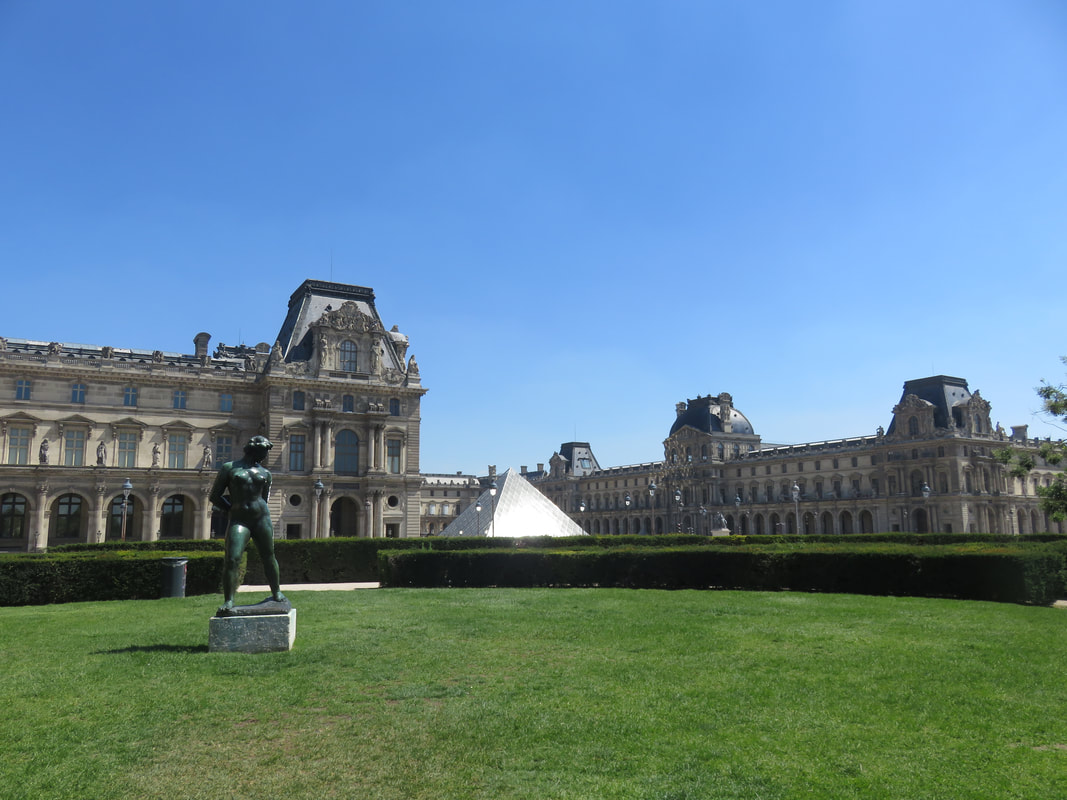
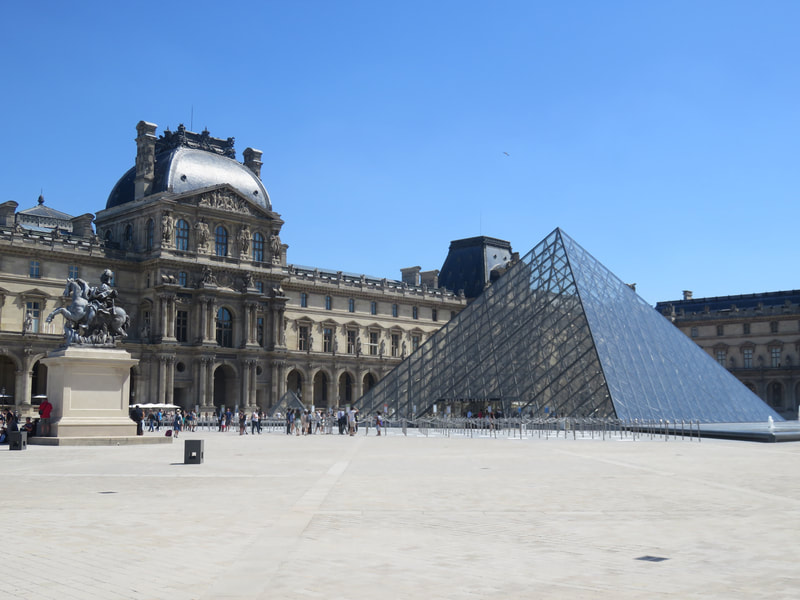
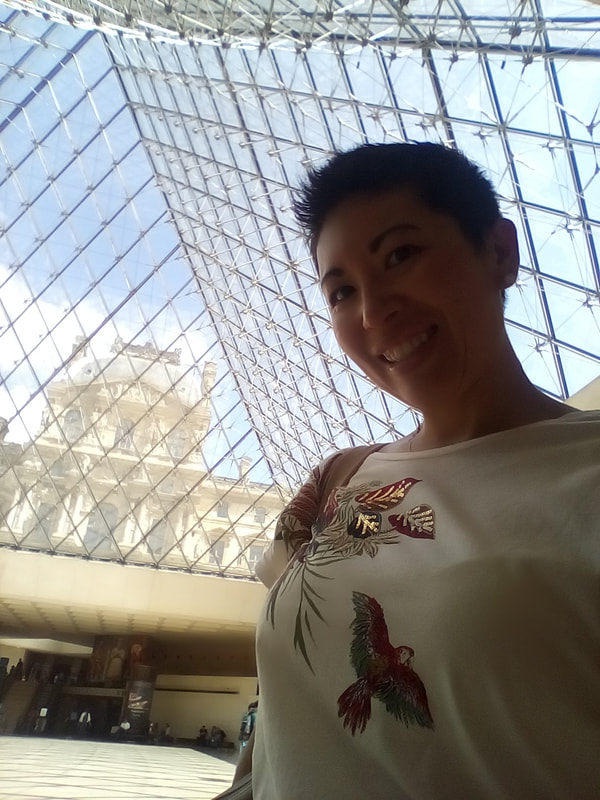
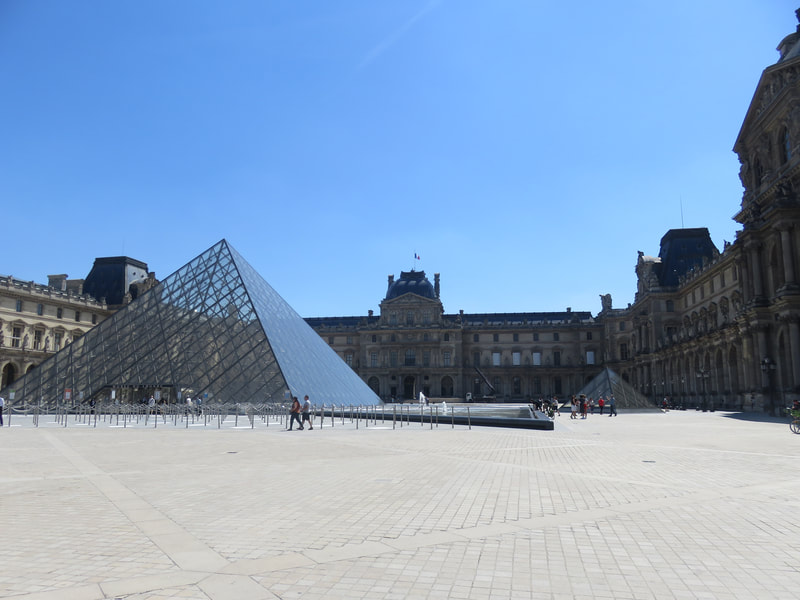
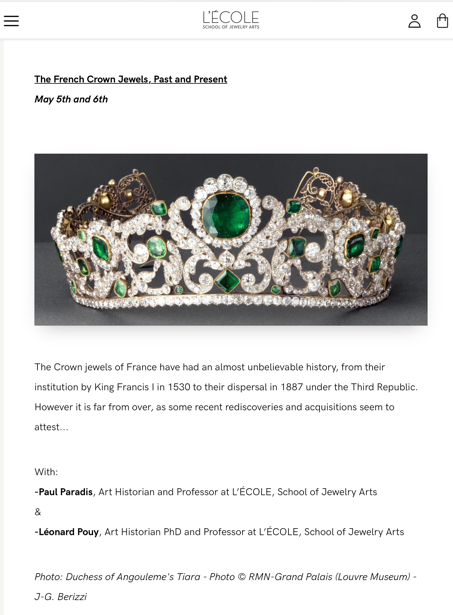
 RSS Feed
RSS Feed